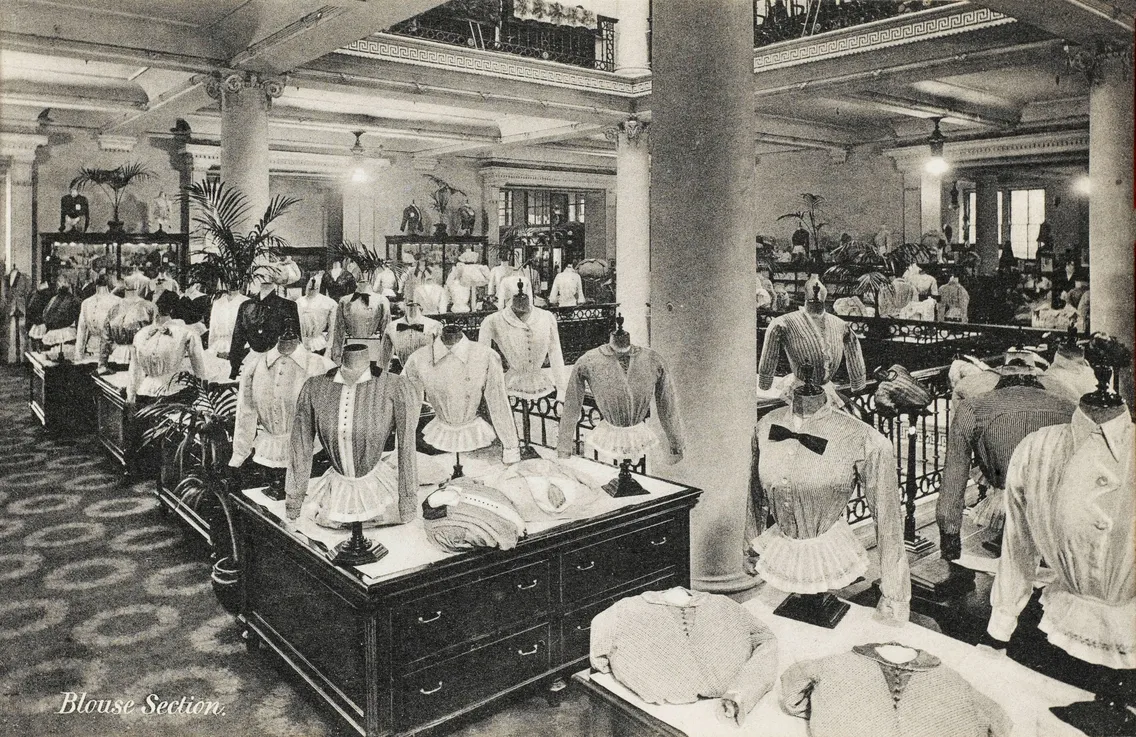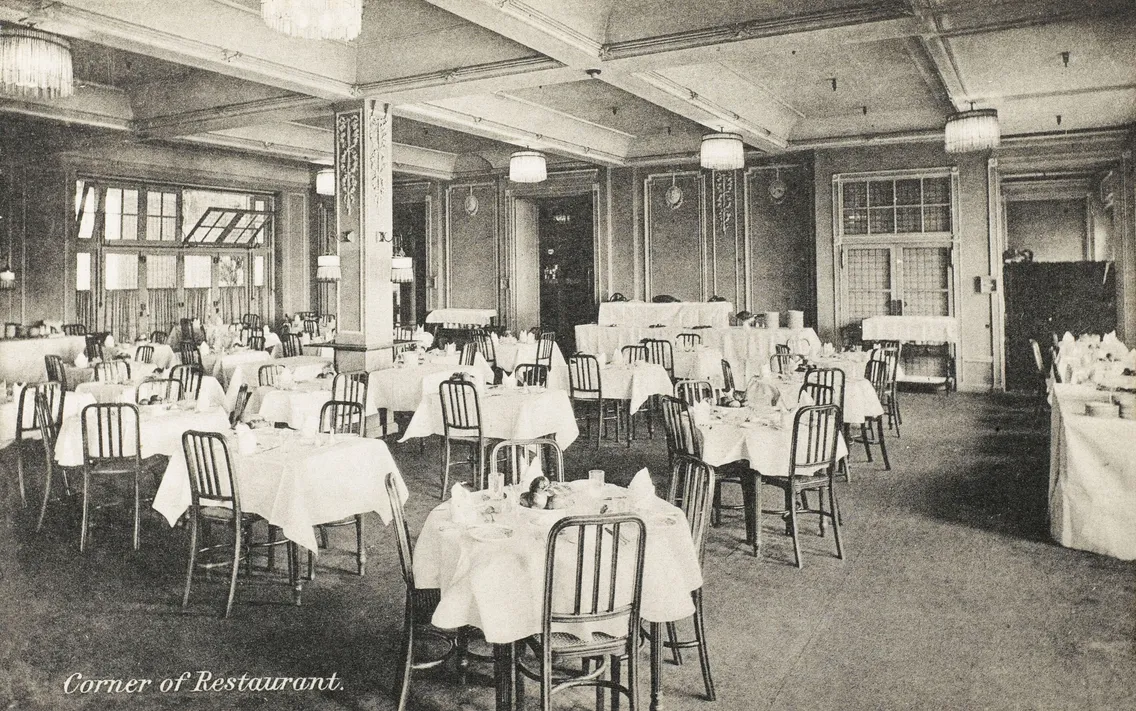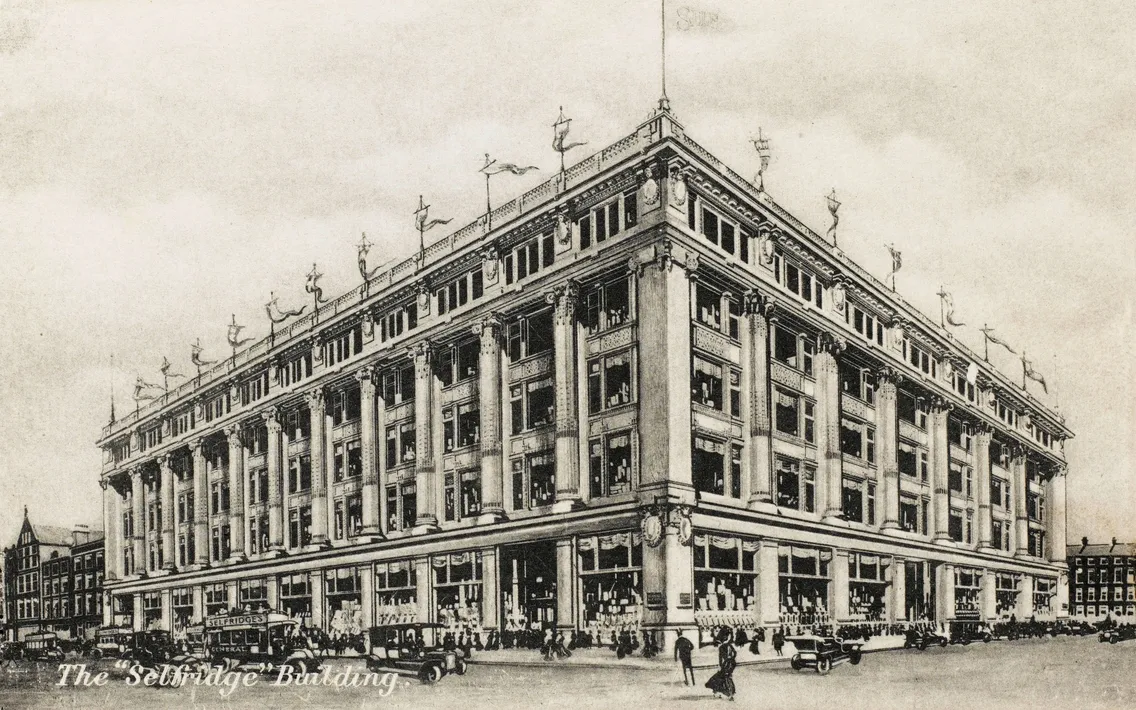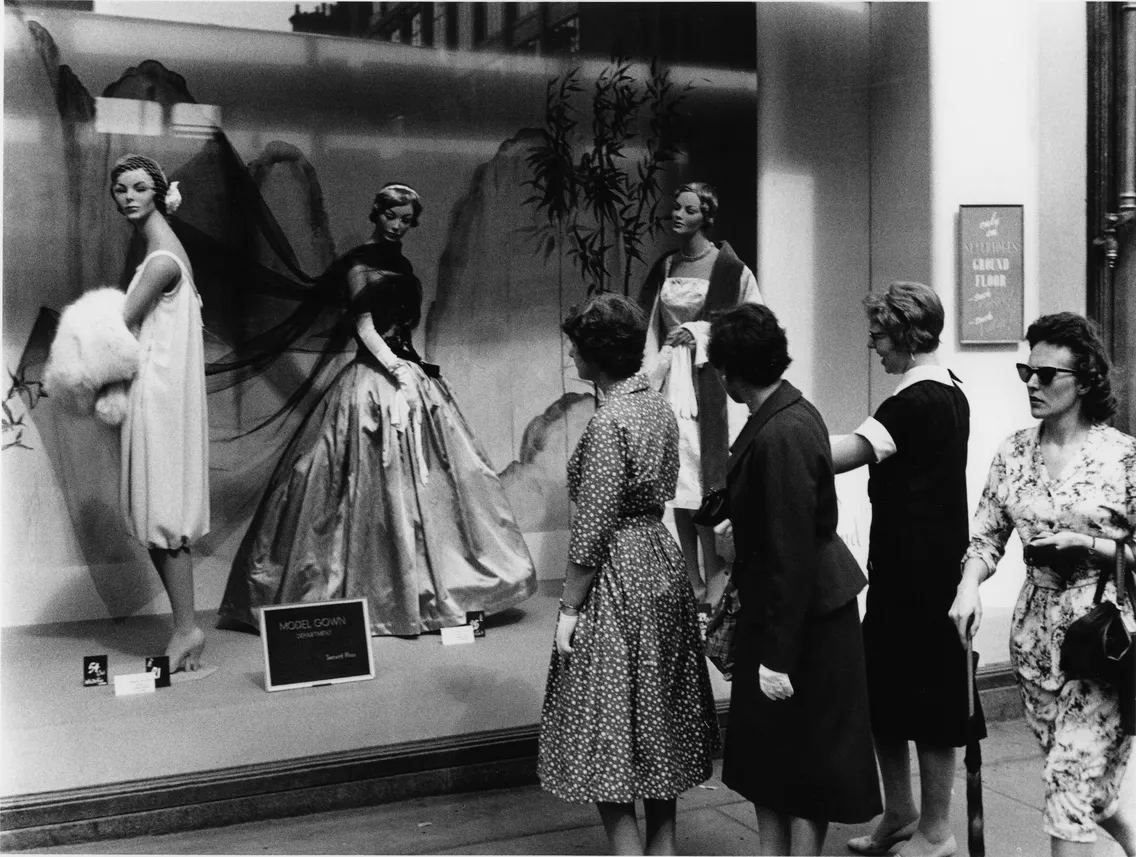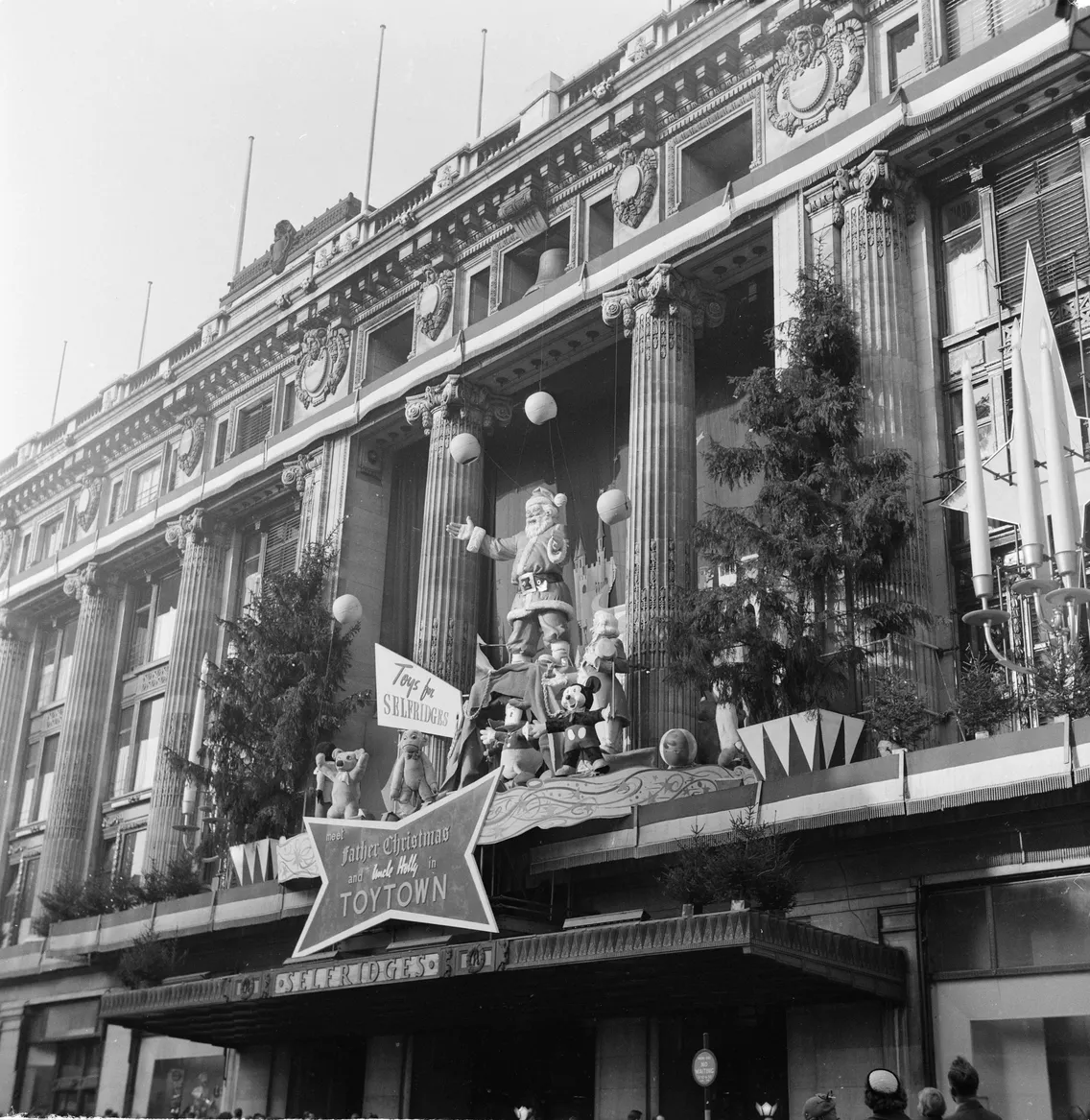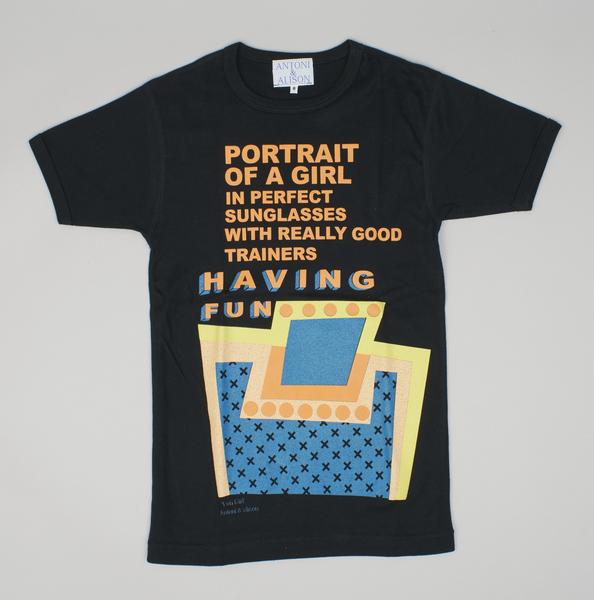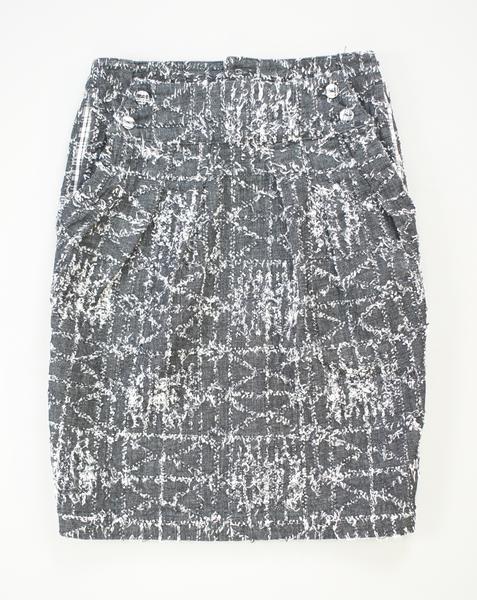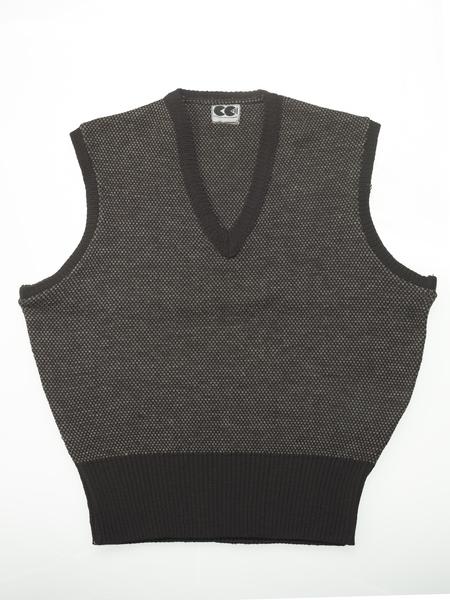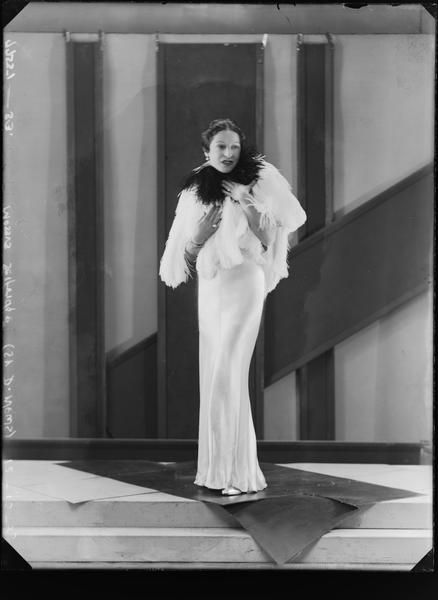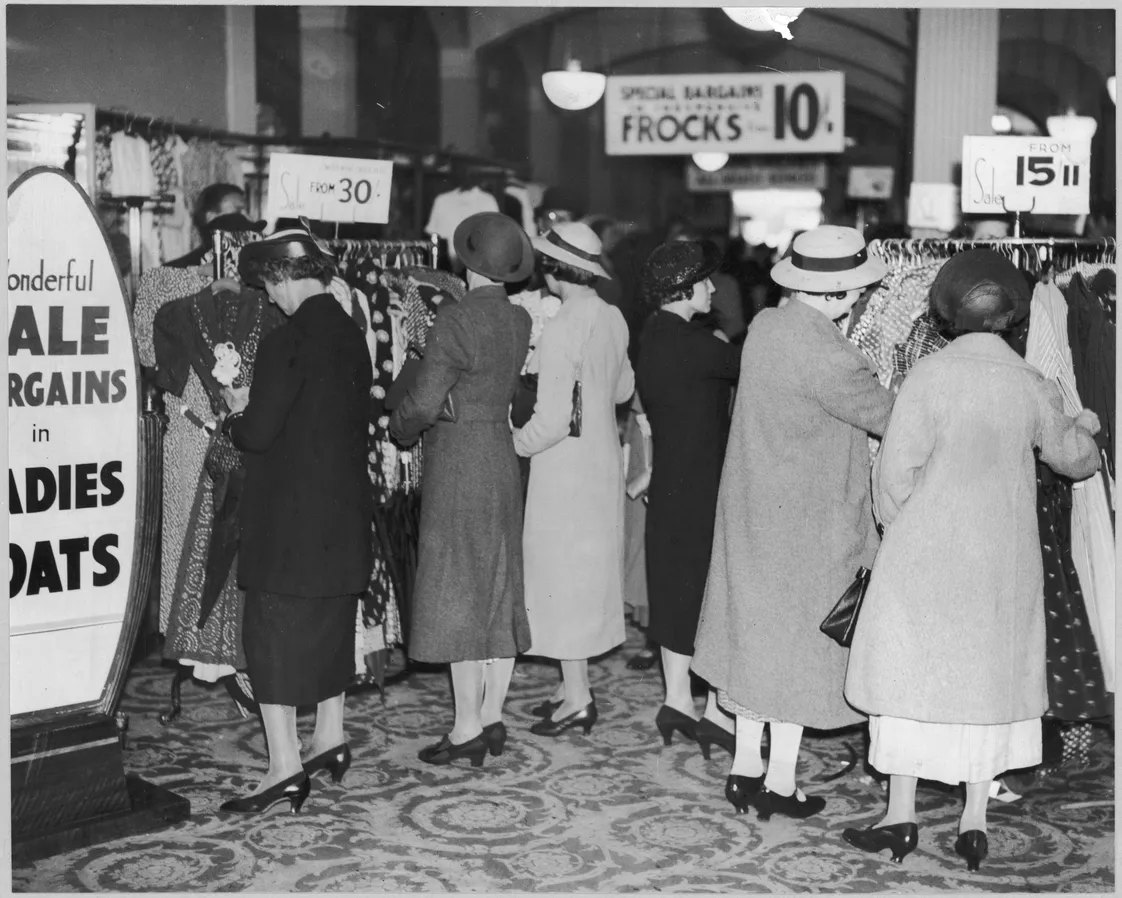Selfridges: The store that shook up London shopping
Opened on Oxford Street on 15 March 1909, Selfridges brought a new kind of retail personality to London’s West End. Shopping wasn’t just for buying stuff. It was an experience.
City of Westminster
1909
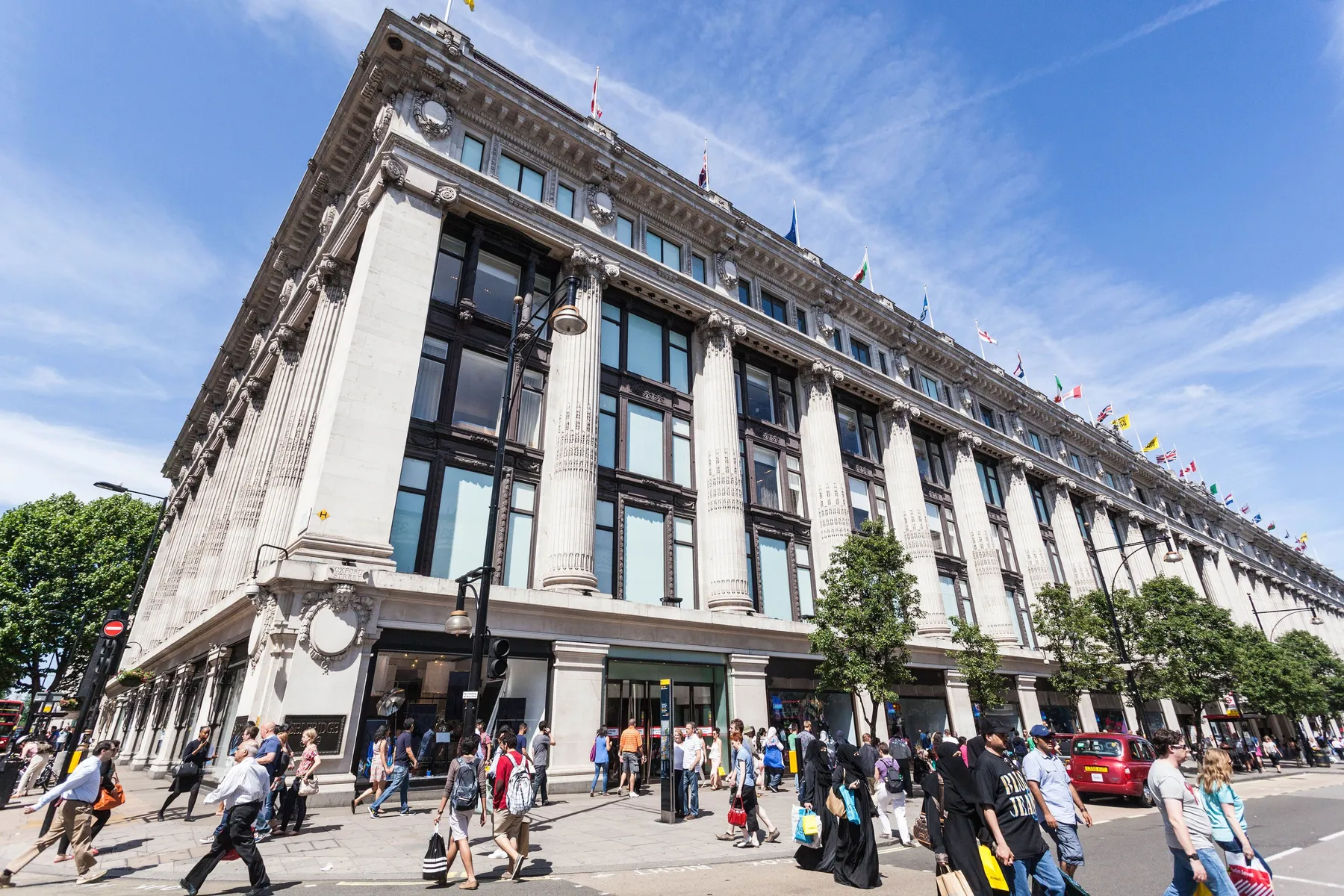
A pleasure, a pastime, a recreation
Are you partial to a bit of retail therapy? Many of us could happily spend hours browsing and bargain hunting today. But back in the early 1900s, shopping wasn’t seen as a glamorous leisure activity. Until Selfridges came along.
The large department store transformed shopping into a spectacle and a social activity for Londoners of different backgrounds. Selfridges’ innovative displays and emphasis on entertainment made it an adventure for shoppers.
It was an instant hit. And it forced other Oxford Street stores like John Lewis to up their retail game to compete. A new era for department stores had begun.
Who was Harry Gordon Selfridge?
Selfridges was the brainchild of American-born businessman Harry Gordon Selfridge. He made his fortune managing the upscale Marshall Field and Company department store in Chicago.
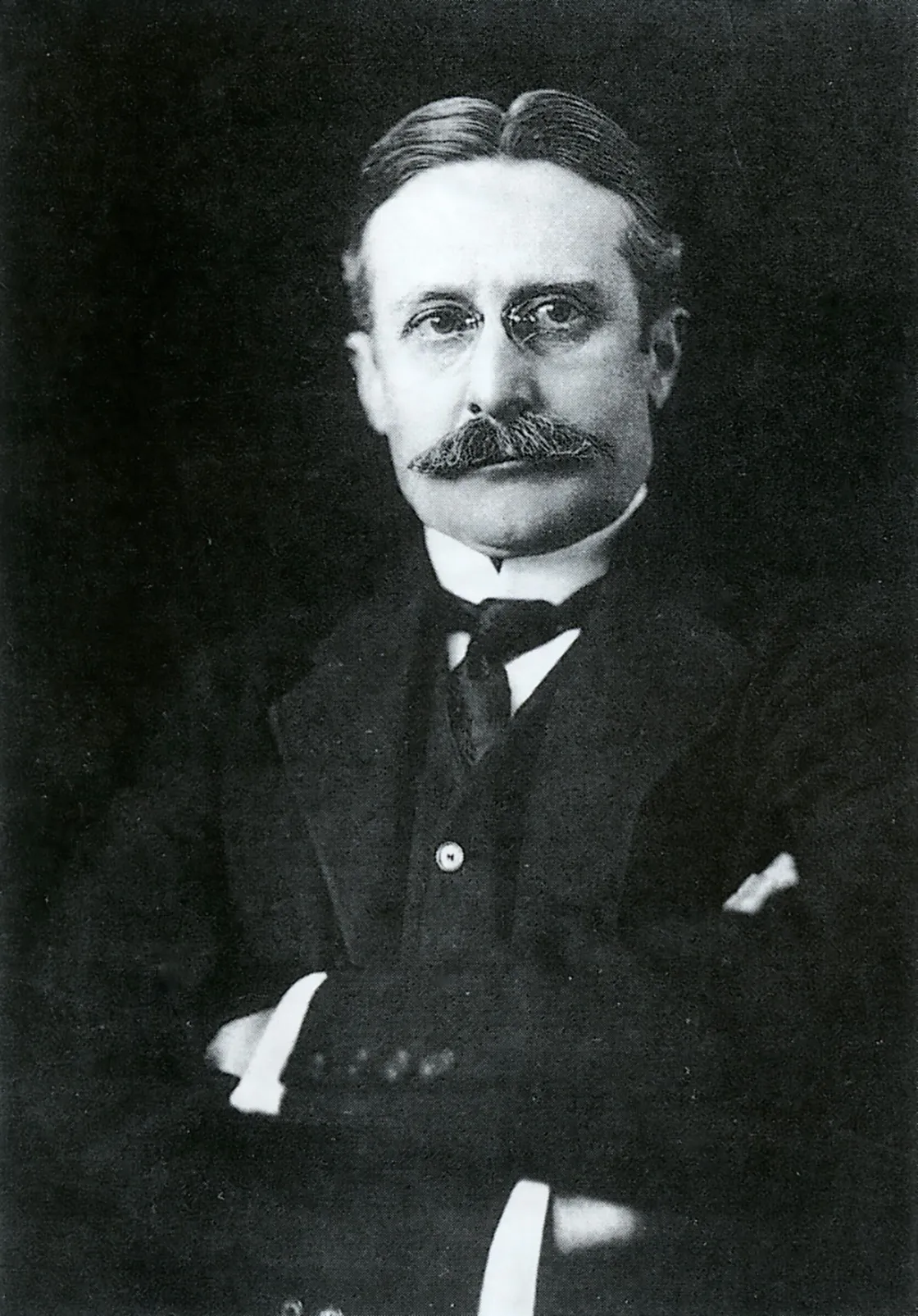
Harry Gordon Selfridge.
Selfridge moved to London in 1906, but found the city’s department stores lacked the dazzling drama of their American rivals. Many had stuck to their traditional Victorian ways and retailed to a specific clientele. Other than Harrods, which had recently been rebuilt into a vast shopper’s paradise, these West End stores didn’t offer much more than the items they sold. Selfridge had bigger ideas.
When did Selfridges open?
Selfridge found a site on Oxford Street and, in 1909, opened a new kind of department store. He named it Selfridges.
On opening day, 90,000 people visited the store. Over the first week, visitor numbers topped one million.
Inside a new kind of department store
The brand new Selfridges store was huge, second in size only to Harrods. It had eight floors, five of those housing over 100 retail departments. And Mr Selfridge himself was part of the show. Each morning he arrived at the store at 8.30am wearing a morning jacket, pearl tie pin and orchid buttonhole.
The store opened with the motto “everyone is welcome”. Traditional Oxford Street stores mostly served a middle class clientele. But here, social divisions were blurred as the wealthy and the working class browsed side by side. Selfridges had a particularly popular ‘bargain basement’, which it claimed was “easier to enter… than to leave”.
It also offered shoppers leisure and socialising experiences, including a restaurant, rest areas, an American-style soda fountain and a library. It was “a city epitomised”, according to the Daily News.
“We aim to make the shopping at ‘Selfridge’s’ something more than merely shopping.”
Westminster Gazette, 1909
An advert in the Westminster Gazette made the store’s mission clear: “We aim to make the shopping at ‘Selfridge’s’ something more than merely shopping.” It was “a pleasure, a pastime, a recreation”. Selfridges gave its customers glamour and entertainment – and kept them in the store for as long as possible.
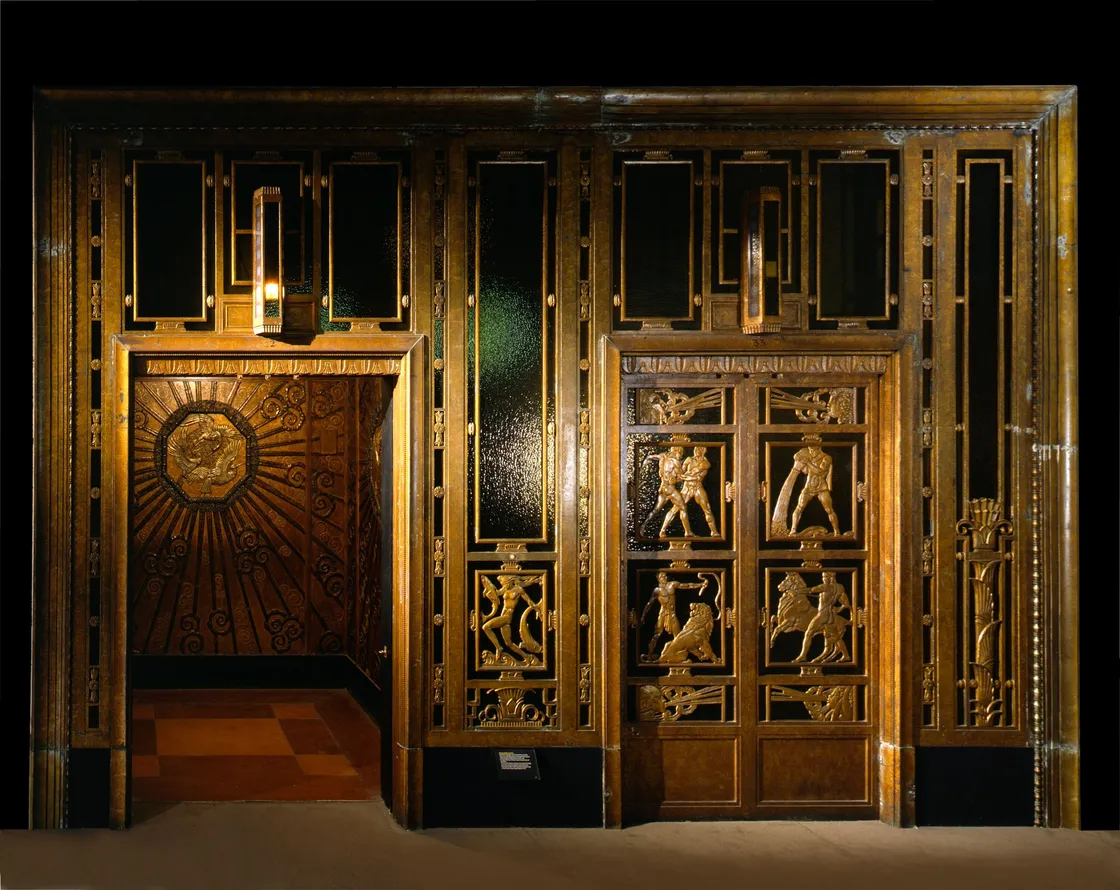
One of several lifts installed in the glamorous Selfridges in 1928.
Selfridges was a safe haven for women
It wasn’t all spectacle and sensation. Selfridges was also particularly popular with women as it gave them the opportunity to shop and socialise in a safe environment.
With facilities like public toilets and refreshment rooms, women could travel in from the suburbs and spend more time outside of the home. Suffragettes used Selfridges to rest and recharge in a safe environment after campaigning on the streets.
The store also employed many women, giving them a greater role in London’s public life and making them more visible.
Mastering marketing and window displays
If you hadn’t visited Selfridges when it opened, there’s a good chance you’d have heard about it. The store was widely advertised in the British press. And Selfridge himself even ran a newspaper column under the pen name Callisthenes promoting his enterprise. He spent more on advertising than any other department store at the time.
Selfridges also became well-known for its eye-catching and innovative window displays. For Selfridge, it was an artform. The store was known for going all out at Christmas time, enticing passers by to see goods on sale. It would also decorate the exterior for large events and ceremonies, like the coronation of King George VI.
Selfridges expands – and Miss Selfridge is born
The Selfridge empire grew beyond the large Oxford Street store. During the 1920s, the company bought 19 stores across the UK, including famous London department stores like Whiteley’s. Its stores became known as ‘pleasure centres’.
In 1966, in the midst of London’s Swinging Sixties, Selfridges opened up the first Miss Selfridge shop on Duke Street. It was aimed at girls aged 17 to 22 and wanted to compete with the rise in youth-focused boutique fashion, like Mary Quant’s Bazaar on Chelsea’s King’s Road.
Miss Selfridge remained a feature of the British high street until 2021, when it was bought by online fashion giant ASOS and moved exclusively online.
As for Selfridges itself? Well it still stands strong in its Oxford Street home – over 100 years later.

